Misogyny shows up in several different ways. One of which is how we view women at different stages of their lives; how we view older women. Because not only are we judged for being single, married, dating, we're also judged for growing older and how we choose to grow older!
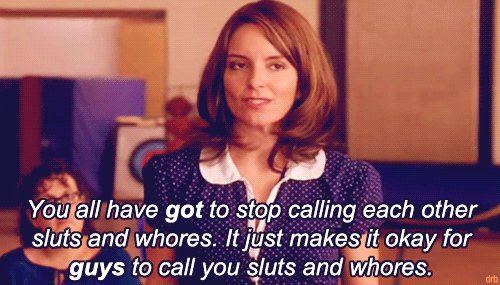
Which is why we thought of compiling all the times Bollywood gave us poor representations of older women. Here, take a look:
1. The forever single woman.
Back in 2008, not only did Dostana provide us with terrible LGBTQIA representation, it also gave us a disappointing, head-shaking caricature of an older, unmarried woman who was overly concerned with and quite conservative about young, single women having male flat mates.
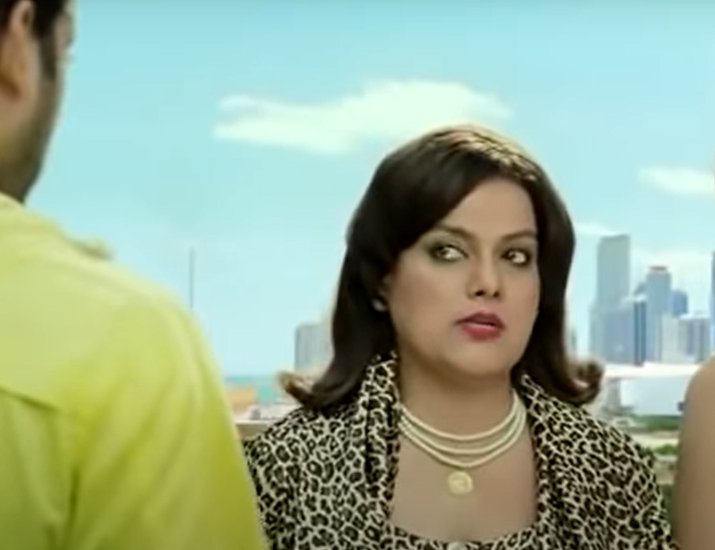
2. The cougar.
Then in 2003, we saw Jaswinder Kapoor or Jazz (Lillete Dubey) in Kal Ho Naa Ho. Again, it was almost offensive how desperate they made her out to be.
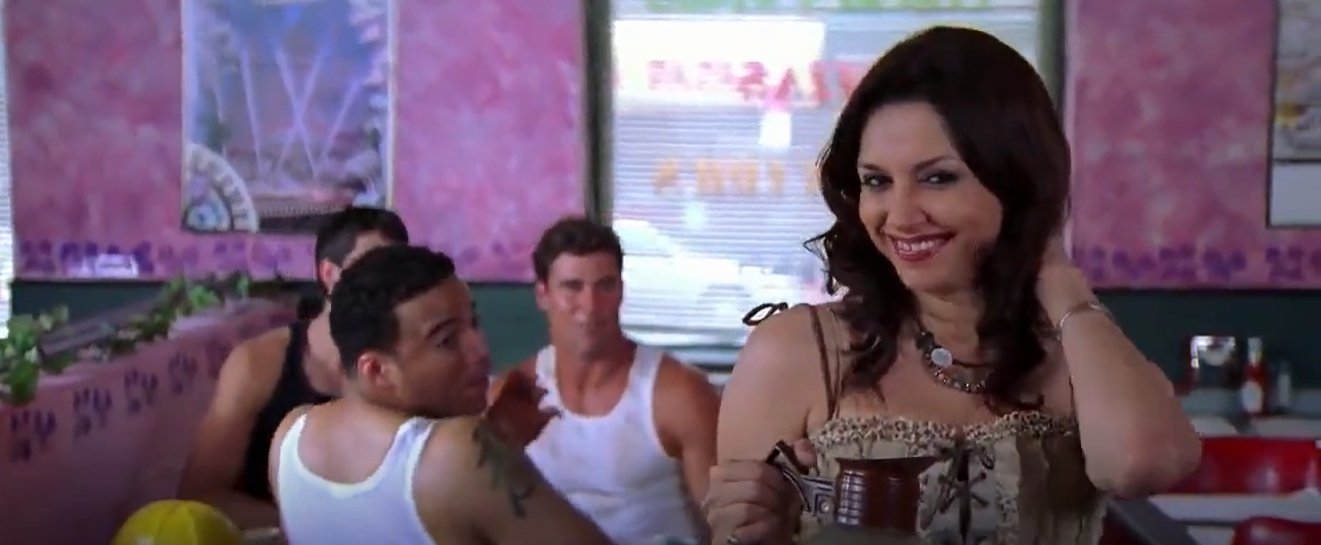
3. The sad, defeated and widowed mother.
When Rakhee Gulzar played Durga Singh in Karan Arjun, she created a pathway for many other female actors who went on to play the role of the disempowered mother.
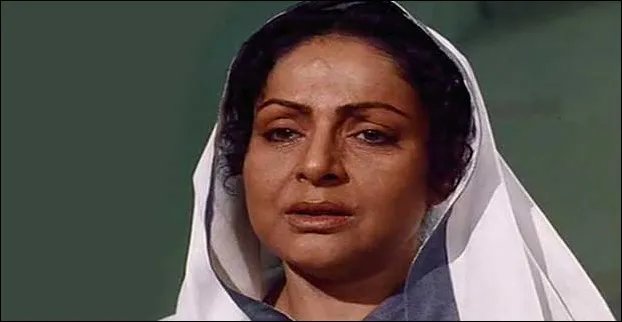
4. The one who is hesitant of diving into a relationship again.
Don't get us wrong, we loved seeing Sid (Akshaye Khanna) and Tara Jaiswal (Dimple Kapadia) together. But why is it that divorced or widowed women are generally shown to be hesitant of moving on after a relationship that hasn't worked out.

5. The evil mother-in-law
There was a time in Bollywood when as soon as female actors turned 30 or 35 they were all set to start playing mothers or mothers-in-law. Much like Aruna Irani as Laxmi Devi in Beta.
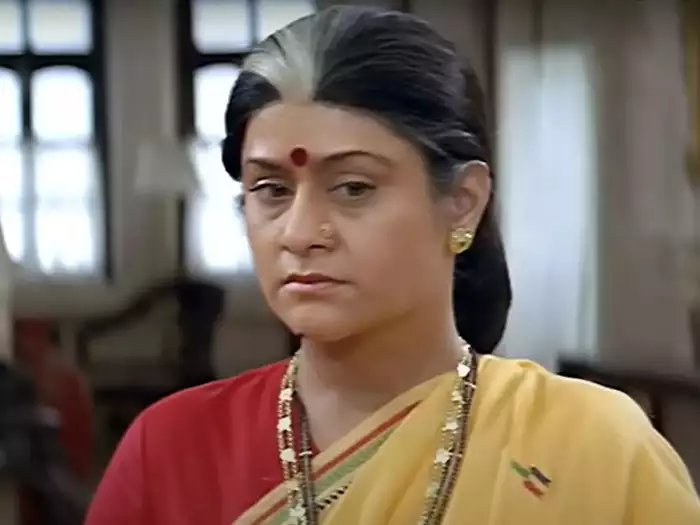
6. The jealous sister-in-law
In 2002, Ananya Khare played Kumud in Devdas. Although she wasn't that much older than Devdas or Paro. We've seen this trope many times before; the older, second-in-line to be the matriarch of the family, sister-in-law.
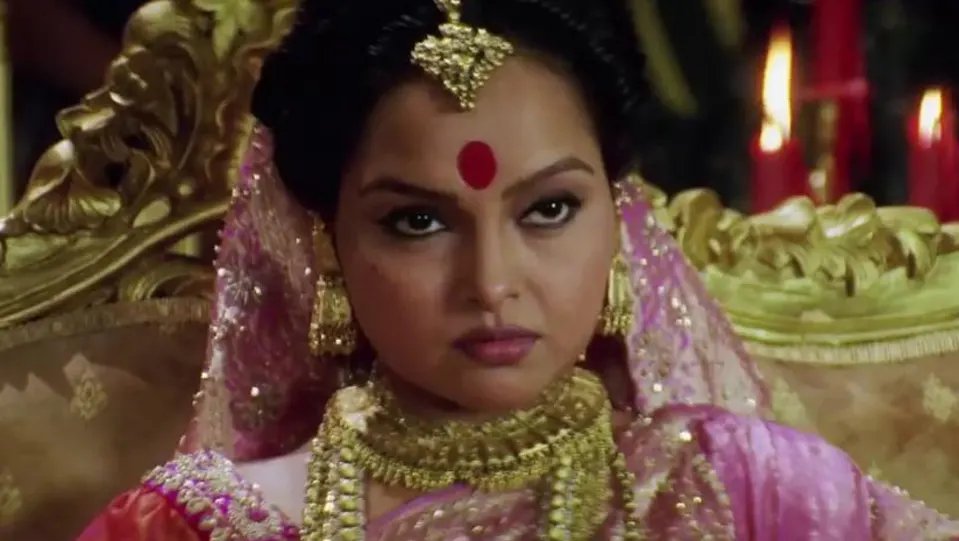
7. The conservative matriarch who polices how other women in the family exist.
Lajjo Kapur (Sushma Seth) was the ultimate controlling AF matriarch of the Kapur family. She was the harshest critic for the women in her family, and the best cheerleader for her grandson Shiv. See the difference?
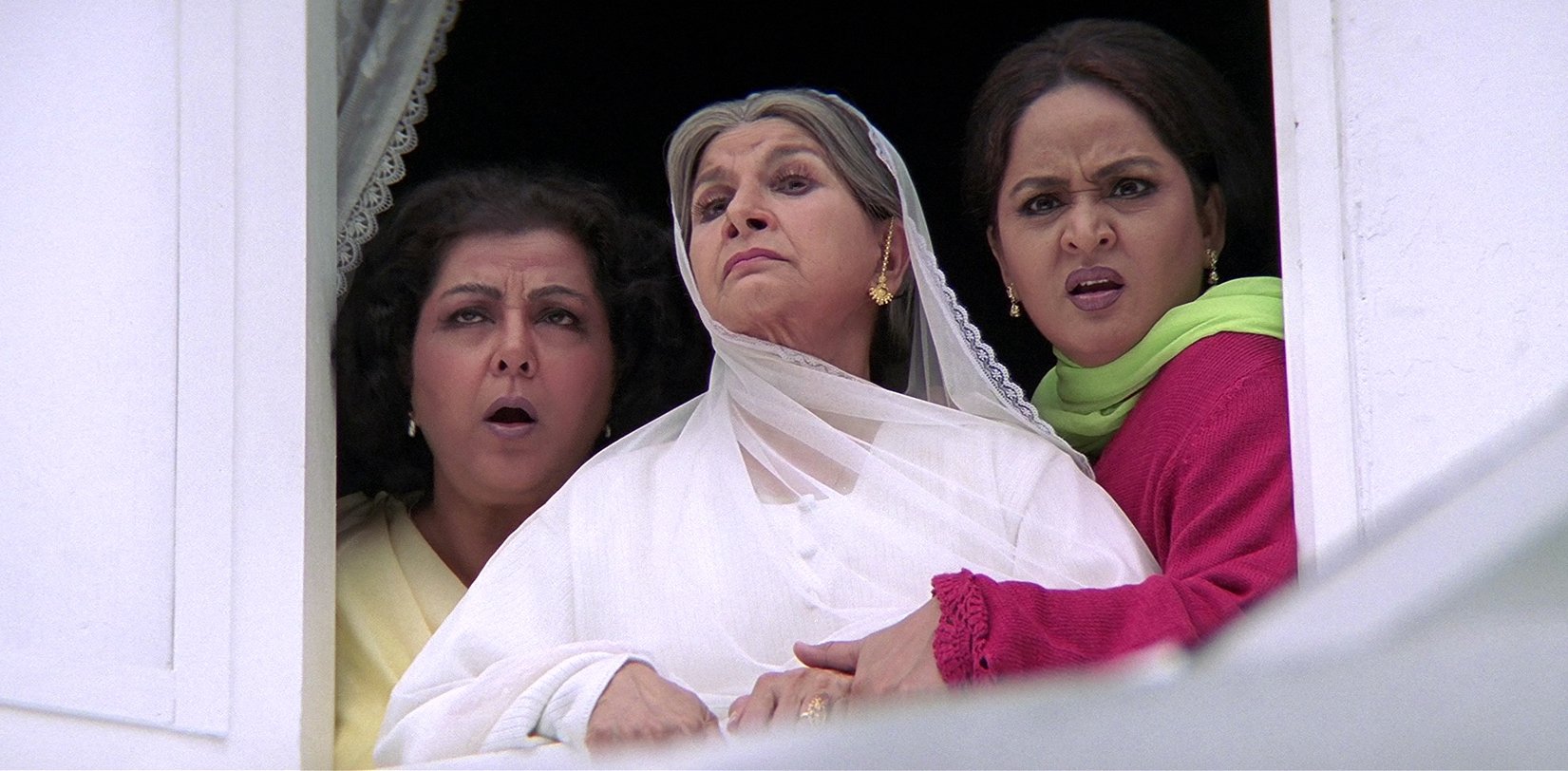
Maybe these characters are based on the harsh reality we live in. But I personally feel that exaggerating and normalizing their toxicity towards other women or their own empowerment should be spoken on with sensitivity and tact.
7 popular Bollywood scenes that you didn't know were copied from Hollywood films (bollywooddadi.com)

Post a Comment